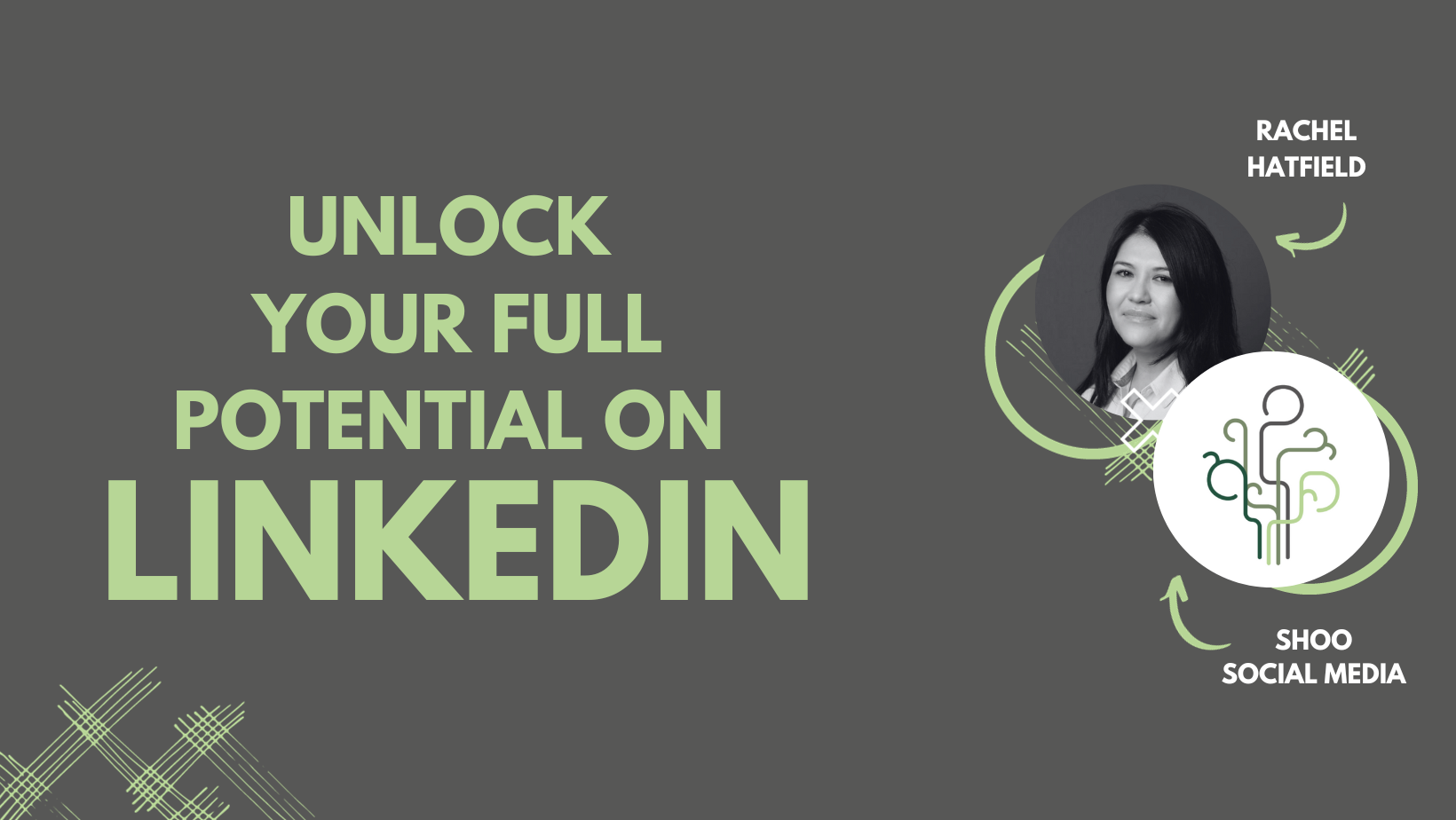ChatGPT: Your new Marketing Assistant
In the digital age, language models have become increasingly important as a means of improving communication between humans and machines. One such language model is ChatGPT, which is designed to generate human-like responses to text-based inputs.
ChatGPT is a product of OpenAI, a research company that specializes in developing advanced artificial intelligence technologies. It is based on the GPT-3.5/4 architecture and is designed to be highly flexible and adaptable, capable of performing a wide range of natural language processing tasks.
The development of ChatGPT is part of a larger trend in the development of language models. Over the past few years, there has been a surge in interest in this area, with many companies investing heavily in research and development. This has led to the development of increasingly sophisticated language models, with ChatGPT being one of the most advanced.
The importance of language models in the digital age cannot be overstated. They are used in a wide range of applications, from virtual assistants like Siri and Alexa to chatbots on customer service websites. By enabling machines to understand and generate natural language, language models make it possible for humans to interact with machines in a more intuitive and natural way.
For marketers, the potential of language models like ChatGPT is significant. They offer a powerful tool for engaging with customers and building brand awareness. By using ChatGPT to generate human-like responses to customer queries and feedback, marketers can create a more personalised and engaging customer experience. This can lead to increased customer loyalty and improved brand reputation.
What is ChatGPT?
ChatGPT is a powerful language model developed by OpenAI that can generate human-like responses to various inputs. It is a type of artificial intelligence (AI) technology that has been trained on vast amounts of data and can learn to generate natural language responses to various inputs.
One of the most significant features of ChatGPT is its ability to generate responses that closely resemble those of human beings. This is achieved through its ability to understand and analyse natural language input and generate responses that are contextually appropriate. ChatGPT is designed to understand the nuances of human language, including grammar, syntax, and tone, and use this understanding to generate responses that are both coherent and relevant.
In addition to its ability to generate human-like responses, ChatGPT differs from other chatbots and AI tools in a few ways. Firstly, it is an unsupervised model, which means it can learn from raw data without the need for explicit labels or supervision. This makes it a highly versatile tool that can be applied to a wide range of tasks, including marketing and customer service.
Secondly, ChatGPT is a large-scale model, which means it has been trained on a vast amount of data. This enables it to generate responses that are contextually appropriate and relevant to the input it receives. Additionally, it has been trained on a diverse range of topics, enabling it to provide information on a wide range of subjects.
Overall, ChatGPT's ability to generate human-like responses and its versatility make it a powerful tool for marketers and businesses looking to engage with customers in a more natural and effective way. Its ability to understand the nuances of human language and generate contextually appropriate responses can help to build stronger relationships with customers and provide a more personalised experience.
The potential of ChatGPT for marketing
ChatGPT's advanced capabilities have made it an attractive tool for businesses looking to improve their marketing efforts. Here we explore how ChatGPT can be used in marketing, provide examples of companies that have already leveraged it, and outline the advantages of incorporating ChatGPT into your marketing strategy.
One of the key advantages of ChatGPT for marketing is its ability to provide a personalised experience for customers. Through its advanced language processing capabilities, ChatGPT can generate human-like responses that engage with customers in a natural way, making them feel valued and understood. This can lead to increased brand loyalty and customer satisfaction.
Many companies have already started using ChatGPT to improve their marketing efforts. For example, Sephora, the cosmetics company, has implemented a chatbot on Kik, a messaging app, powered by ChatGPT to provide personalised beauty advice to customers. By answering questions about their preferences and skin type, the chatbot generates personalised product recommendations and tips, creating a unique shopping experience for each user.
Another company that has successfully implemented ChatGPT in their marketing strategy is Mastercard. They launched an AI-powered bot called KAI, which allows customers to make payments and transactions through messaging platforms such as Facebook Messenger and Slack. The bot uses ChatGPT's natural language processing to understand and respond to customer queries, providing a seamless and efficient payment experience.
The advantages of incorporating ChatGPT into your marketing strategy are significant. By using ChatGPT, businesses can engage with customers in real-time, 24/7, providing personalised responses and a more human-like experience. This can lead to increased customer satisfaction and brand loyalty, and ultimately drive sales and revenue growth.
Moreover, ChatGPT can be used to automate routine customer interactions, such as answering frequently asked questions, leaving customer service representatives free to focus on more complex issues. This can increase efficiency and reduce costs for businesses.
In summary, ChatGPT offers a unique and powerful tool for businesses to improve their marketing efforts. By providing personalised and human-like responses, businesses can increase customer satisfaction and loyalty, while also automating routine customer interactions to improve efficiency and reduce costs. With the potential to transform the way businesses interact with their customers, ChatGPT is a tool that should not be overlooked by any marketing professional.
Getting started with ChatGPT - an example
ChatGPT is a powerful tool that can be used to improve marketing efforts for businesses of all sizes, in many ways. As an example, to get started with enhancing customer engagement you can…
- Choose the right platform: ChatGPT can be used on a variety of platforms, including Facebook Messenger, WhatsApp, and even websites. It is important to choose the platform that is most relevant to your audience and aligns with your marketing goals.
- Set up an account: To use ChatGPT, you will need to create an account on a platform that supports the tool. Once you have an account, you can begin customising ChatGPT to fit your brand.
- Customise your chatbot: ChatGPT can be customised in a variety of ways, from its appearance to its language and tone. It is important to tailor the chatbot to your brand's personality and voice, ensuring that it aligns with your marketing strategy.
- Set goals and metrics: As with any marketing initiative, it is important to establish goals and metrics to measure the success of your ChatGPT implementation. This can include metrics such as engagement rates, conversion rates, and customer satisfaction.
- Test and refine: Once your ChatGPT is up and running, it is important to test and refine it regularly to ensure that it is meeting your marketing goals. This can include testing different language and messaging, as well as adjusting the chatbot's functionality based on user feedback.
When it comes to customising ChatGPT for a brand or business, there are several best practices to keep in mind. First, it is important to ensure that the chatbot is accessible and easy to use for all users. This means keeping language simple and avoiding jargon or complex terms.
Additionally, it is important to use ChatGPT as a tool to enhance customer engagement, rather than simply automate interactions. This means creating a personalised experience for users that feels natural and human-like.
ChatGPT has the potential to revolutionise marketing efforts for businesses of all sizes. By following these steps and best practices, businesses can harness the power of ChatGPT to engage with customers, increase conversions, and drive business growth.
The future of ChatGPT
As the field of artificial intelligence continues to grow and develop, the potential for ChatGPT in marketing is constantly expanding. The future of ChatGPT holds exciting possibilities for advancements in its technology and applications, which will have a profound impact on marketing strategies.
One potential advancement is the ability for ChatGPT to incorporate more visual elements into its responses. As the technology behind image recognition and generation continues to improve, ChatGPT could be able to generate images and videos to accompany its responses, making for a more engaging and interactive conversation with customers.
Another potential advancement is in the area of natural language processing. As ChatGPT continues to learn from the vast amounts of data available on the internet, it may become even better at understanding and interpreting the nuances of human language. This could result in even more human-like responses and a more seamless experience for customers with a brand.
In terms of marketing strategies, the evolution of ChatGPT could mean a shift towards more personalised and targeted marketing efforts. With the ability to gather data and insights from customer conversations, ChatGPT could provide valuable insights into customer preferences and behaviours. This could lead to more tailored and effective marketing campaigns.
The future of ChatGPT is promising for marketers. With the potential for advancements in technology and applications, it is important for businesses to stay up-to-date on the latest developments in order to remain competitive in their marketing efforts. By leveraging the power of ChatGPT, businesses can create more engaging and personalised experiences for their customers and gain a competitive edge in the digital age.
ChatGPT is an exciting and innovative tool with immense potential for marketing purposes. In this article, we have explored what ChatGPT is, its features, and its ability to generate human-like responses, as well as its potential for marketing. We have seen examples of how companies are already using ChatGPT and the advantages it offers in terms of scalability, efficiency, and personalisation.
We encourage readers to explore ChatGPT for their own marketing purposes and see how it can benefit their business. With the potential for more advanced language models in the future, the possibilities for ChatGPT in marketing are endless.








Sign up to our newsletter for the latest insider insights, top advice and more.
We will get back to you as soon as possible
Please try again later

Shoo Social Media
137 Bolling Road
Ben Rhydding
Ilkley Leeds
LS29 8PN
01943 430245
Info@shoosocialmedia.co.uk

